The Adoption in Hungary before 1946 and the Practice of Adoption in Baranya County
DOI:
https://doi.org/10.15170/DIKE.2018.02.01.06Keywords:
codification, status of children born out of family, status of children born in marriage, adoption, contract of adoption, appointment of an heir, legitimizationAbstract
The legal institution of adoption had several aims to achieve in the course of time: appointment of an heir, transfer of name, title and foundation of family. At the time of world wars except for the appointment of an heir the most important financial and moral object of adoption was to insure family for the orphan children whose fathers did not come back from war and whose mothers were not able to bring them up. From 1946 the adoption was one of the instruments of legitimization by giving opportunity for children born out of marriage to get an equal legal status to the children born in family. In my study I describe the legal status of children born out of family in Hungary according to the Draft of the first Civil Code (1928) and through the instrument of legitimization in the Statute of 1946. My essay is based on the records of the Hungarian National Archive in Baranya County and the documents found in Pécs City Chancery. During my research I examined 118 adoptions in the related contracts and reports.










